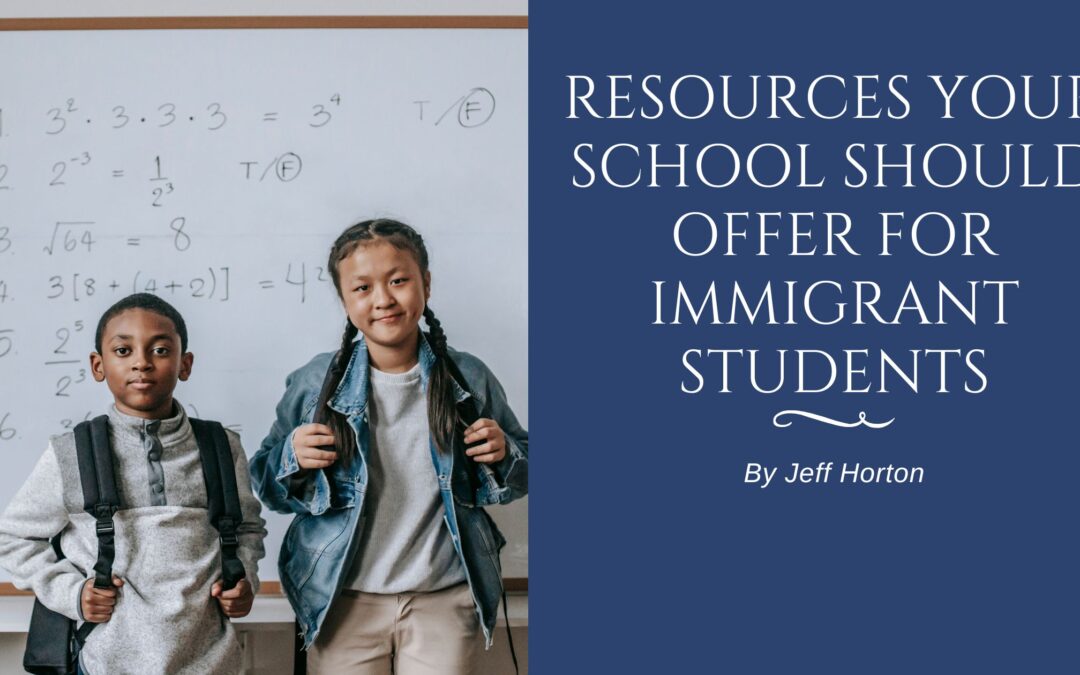Ensuring that immigrant students feel welcome, supported, and equipped for academic success is crucial to fostering an inclusive and enriching educational environment. Schools play a pivotal role in providing resources that address the unique needs of immigrant students and help them integrate seamlessly into the educational system.
1. English Language Learning Programs
For many immigrant students, English may not be their first language. Offering robust English Language Learning (ELL) programs is essential for helping these students develop language proficiency. These programs should focus on providing targeted instruction, language support, and opportunities for language acquisition both in and outside the classroom.
2. Cultural Competency Training for Educators
Educators interacting with immigrant students must be culturally competent to create a positive and inclusive learning environment. Training teachers and staff on cultural awareness, sensitivity, and understanding can enhance their ability to connect with and support students from diverse backgrounds.
3. Accessible Counseling Services
Immigrant students may face unique social and emotional challenges related to acculturation, family dynamics, and identity. Schools should offer accessible counseling services that consider the specific needs of immigrant students, providing a safe space for them to discuss and navigate these challenges.
4. Informational Workshops for Parents and Families
Engaging immigrant parents and families in their child’s education is crucial. Hosting informational workshops that cover topics such as the U.S. education system, school policies, and available resources can empower parents to actively participate in their child’s educational journey and create a supportive home environment.
5. Bridging Programs for Academic Transitions
Helping immigrant students transition to a new educational system is vital for their academic success. Schools can offer bridging programs that provide additional support in core subjects, study skills, and cultural orientation to facilitate a smoother academic transition for immigrant students.
6. Multilingual Communication Resources
Clear communication fosters collaboration between schools, students, and their families. Schools should provide information in multiple languages, ensuring that communication materials, newsletters, and important announcements are accessible to immigrant families who may not be fluent in English.
7. Peer Mentorship Programs
Establishing peer mentorship programs can be instrumental in helping immigrant students integrate into the school community. Assigning a mentor who understands the challenges of acculturation and can offer guidance and support can greatly contribute to immigrant students’ social and emotional well-being.
8. Legal and Social Services Referrals
Many immigrant families face legal and social challenges. Schools can collaborate with local organizations to provide information and referrals for legal and social services, addressing concerns related to immigration status, housing, healthcare, and more.
Creating a welcoming and supportive environment for immigrant students involves a multifaceted approach that addresses their academic, social, and emotional needs. Schools can play a crucial role in ensuring that immigrant students thrive and succeed by offering resources such as English Language Learning programs, cultural competency training, counseling services, informational workshops, bridging programs, multilingual communication, peer mentorship, and legal and social services referrals. Through these efforts, schools foster diversity, equity, and inclusion in the educational landscape.

